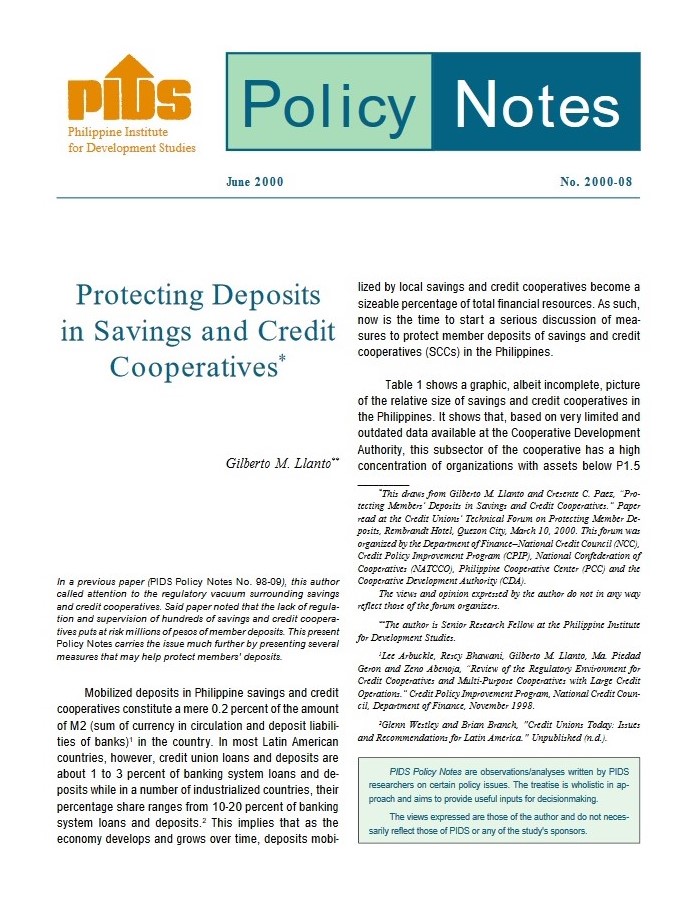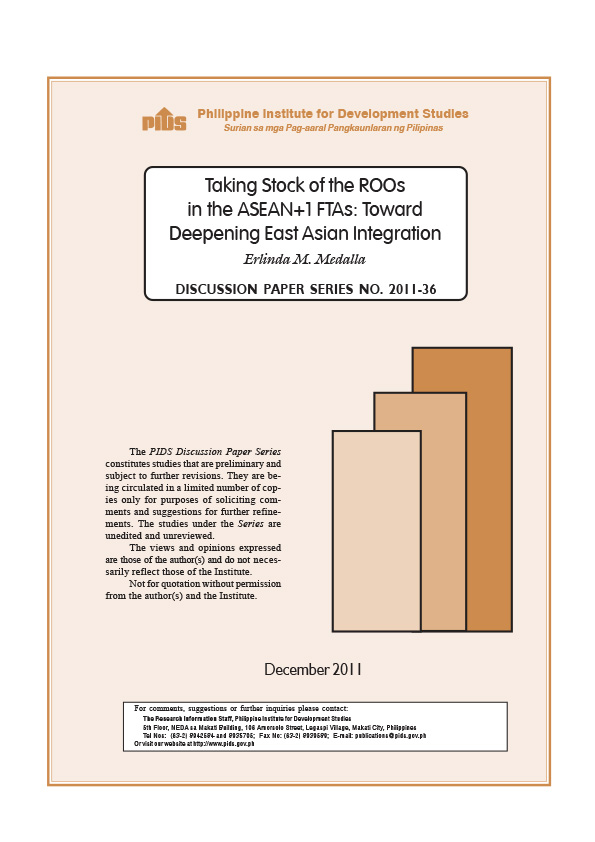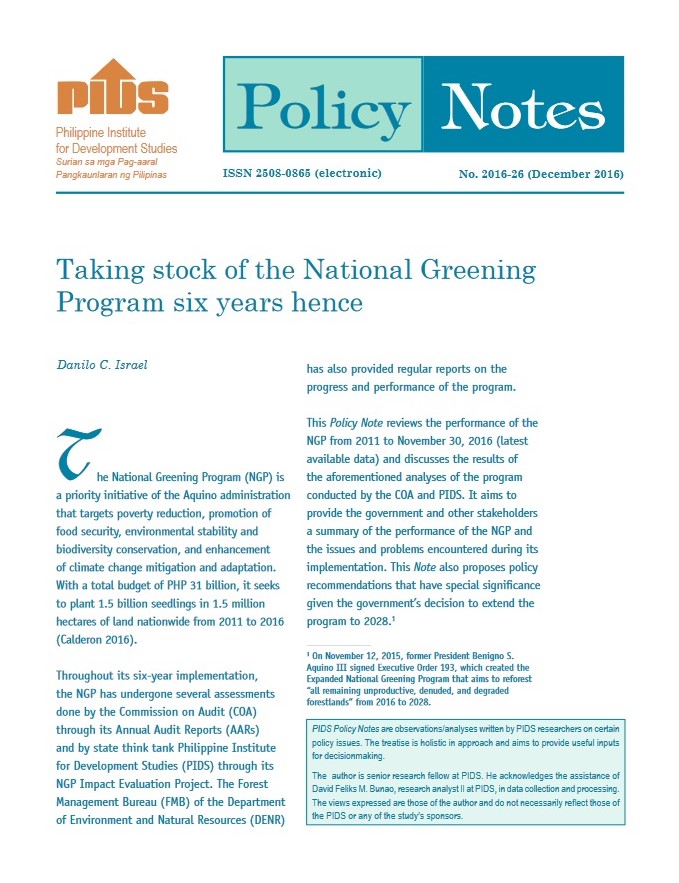PICTURE this: about 1,800 kilos of trash, including plastic bags and glass bottles, were gathered on Tuesday when a team began cleaning up that otherwise postcard-pretty sandbar in Oslob. It is a commendable effort, what Oslob began yesterday, but it can only be the beginning if local authorities are indeed serious about cleaning up the town’s busy tourism sites. A weeklong cleanup of Oslob’s sandbar and dive sites will do some good, but a week is not nearly enough time. Keeping Oslob’s tourist sites clean and sustainable needs to be a yearlong effort, and one that will involve the community. What will help? It would be valuable to have more information from the environment department on how tourism activity has changed conditions in Oslob and other towns or cities with tourism sites. How regularly is water quality tested, for instance? How often are local officials apprised about signs of ecological damage? The earliest signs that Boracay’s sparkling beaches were contaminated with fecal matter surfaced back in 1997, when the Department of Environment and Natural Resources (DENR) warned that its business community and local government needed to take septage treatment seriously. And yet these communities apparently took a hands-off approach to the matter, because who wants to be a spoilsport when the going is good? In a paper circulated by the Philippine Institute for Development Studies, William Trousdale of EcoPlan International observed that “the hands-off approach to development that helped to create the attractive ambience (in Boracay) is proving to be a dangerous planning technique.” It’s apparent as well in Mactan and other beaches in Cebu, where illegal beach structures remain a common sight, a sign of local officials’ reluctance to enforce the rules. In tourist-saturated destinations elsewhere in the world, local authorities are adopting means to restrict the number of guests, such as by limiting the number of beds in hotels and tourist apartments (Barcelona) and by posting real-time numbers of visitors, to persuade would-be arrivals to stay away (Venice). There aren’t any such drastic measures yet in Southeast Asia’s Tourism Strategic Plan 2016-2025. For now, the region’s priority is to bring in more tourists—the more high-spending, the better. In 2013, travel and tour operations, including support services like transportation, contributed 12 percent of Southeast Asia’s gross domestic product. But the plan does mention how communities must “incorporate environment and climate change mitigation,” even as the region chases additional tourism revenues. For two decades now, the idea of community-based tourism (CBT) has received much lip service. Perhaps Boracay wouldn’t be in the dire straits it’s in, if CBT’s values had guided its growth. Tourism must create business opportunities for local small and medium enterprises; it ought to foster partnership between public and private sectors; and its stakeholders should minimize harm on the cultural and natural environments, even if it means growing slower than they desire.
Related Posts
Publications
Press Releases
[No related items]
Video Highlights
[No related items]
Infographics
[No related items]



